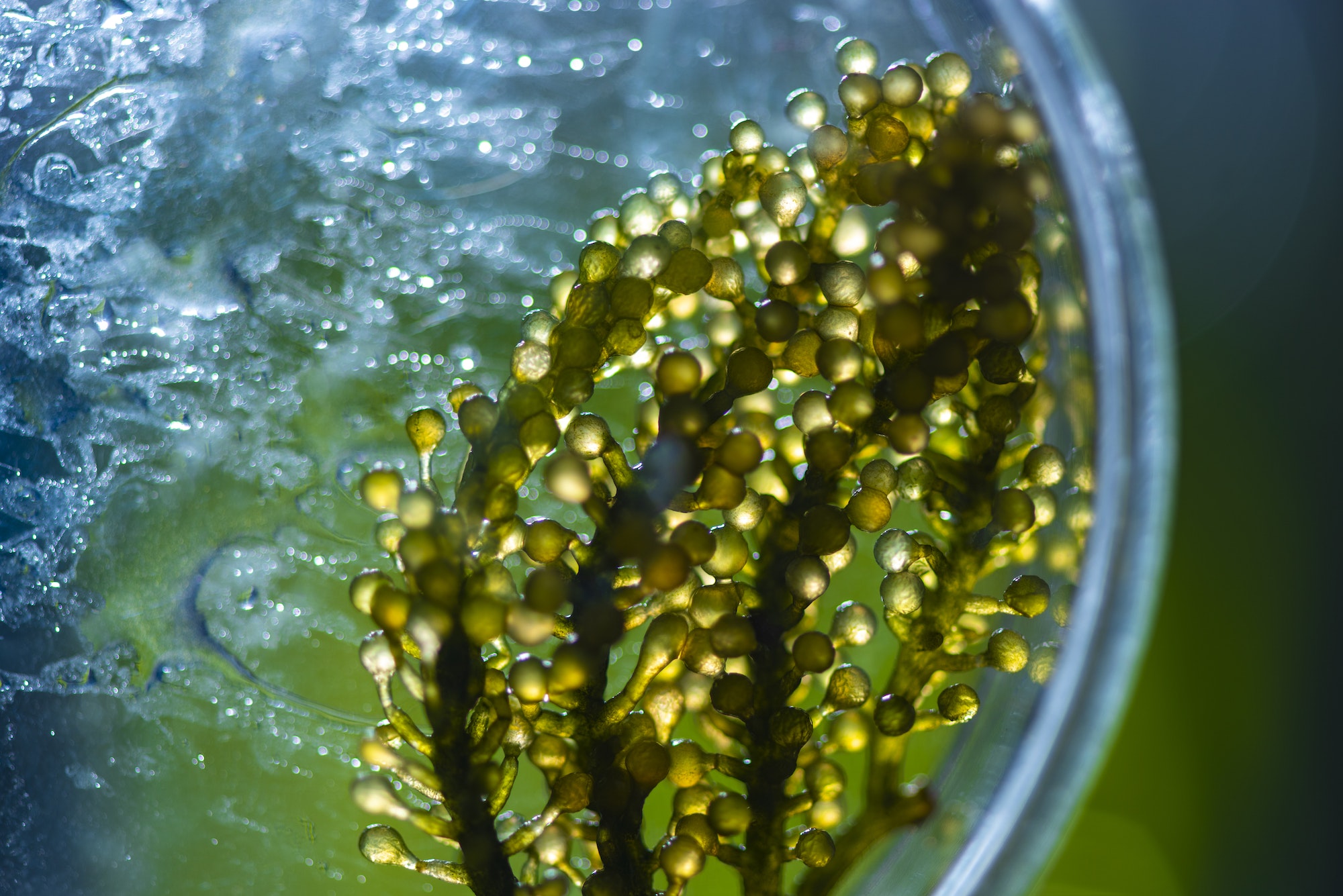The increasing demand for renewable and sustainable energy sources has led to the exploration of various biological systems, including algae. Algae have been identified as a promising feedstock for biofuel production due to their high growth rates, low requirements for cultivation inputs, and ability to produce valuable co-products. One of the key challenges in utilizing algae for biofuel production is optimizing the growth conditions in photobioreactors (PBRs), which are systems designed to provide optimal light and nutrient conditions for algal growth. Integration with other technologies can enhance productivity in PBRs, ultimately improving the efficiency of algae-based biofuel production.
Photobioreactor optimization is crucial for maximizing algal growth and productivity. Factors such as light intensity, wavelength, and duration, as well as nutrient availability and mixing conditions, can significantly impact algal biomass accumulation. Engineers and scientists have developed various PBR designs to optimize these factors, including tubular, flat-panel, and bubble column reactors. However, there is still room for improvement in PBR efficiency through integration with other technologies.
One promising area of integration is the utilization of artificial intelligence (AI) and machine learning (ML) algorithms to monitor and control PBR conditions in real-time. By collecting data on variables such as light intensity, temperature, pH, and nutrient concentrations, AI-based systems can identify patterns and trends that may not be apparent to human operators. These systems can then adjust PBR parameters accordingly to maintain optimal growth conditions and maximize productivity. The implementation of AI-driven control systems has the potential to greatly improve PBR efficiency by reducing human error and allowing for more precise adjustments to environmental conditions.
Another area where integration with other technologies can enhance PBR efficiency is through the use of advanced materials and coatings. For example, researchers are developing light-diffusing materials that can be incorporated into PBR designs to improve light distribution throughout the reactor. By ensuring that all algal cells receive sufficient light for photosynthesis, these materials can help to increase biomass productivity. Additionally, the development of anti-fouling coatings can help to reduce biofilm formation on PBR surfaces, which can impede light penetration and decrease overall reactor efficiency.
Integration with renewable energy sources can also improve PBR efficiency and sustainability. For example, solar panels can be used to power PBR operations, reducing reliance on fossil fuels and decreasing the carbon footprint of algal biofuel production. Similarly, waste heat from industrial processes or power plants can be utilized to maintain optimal temperatures within PBRs, further increasing overall system efficiency.
Finally, the integration of PBRs with other biological systems can lead to improved productivity and resource utilization. One such example is the coupling of algal cultivation with wastewater treatment processes. By utilizing nutrients present in wastewater, algae can grow rapidly while simultaneously removing pollutants from the water. This not only reduces the need for external nutrient inputs but also provides a valuable ecosystem service by improving water quality.
In conclusion, the integration of photobioreactors with other technologies has the potential to significantly enhance productivity and efficiency in algae-based biofuel production. Through advancements in AI-driven control systems, advanced materials, renewable energy sources, and synergistic biological systems, researchers and engineers are working towards developing highly efficient and sustainable PBR systems for large-scale algal cultivation. As these technologies continue to advance and mature, we can expect to see even greater improvements in the growth and productivity of algae for biofuel production and other valuable bioproducts.


